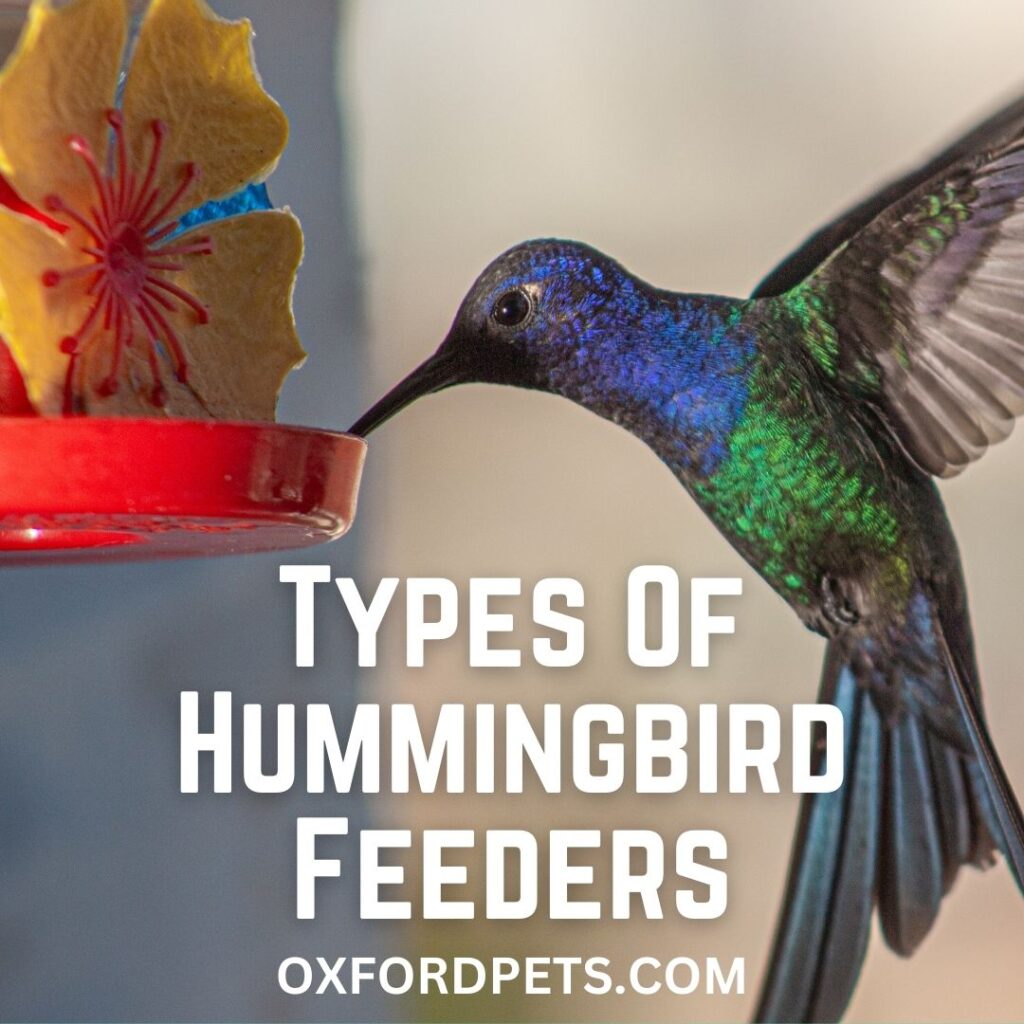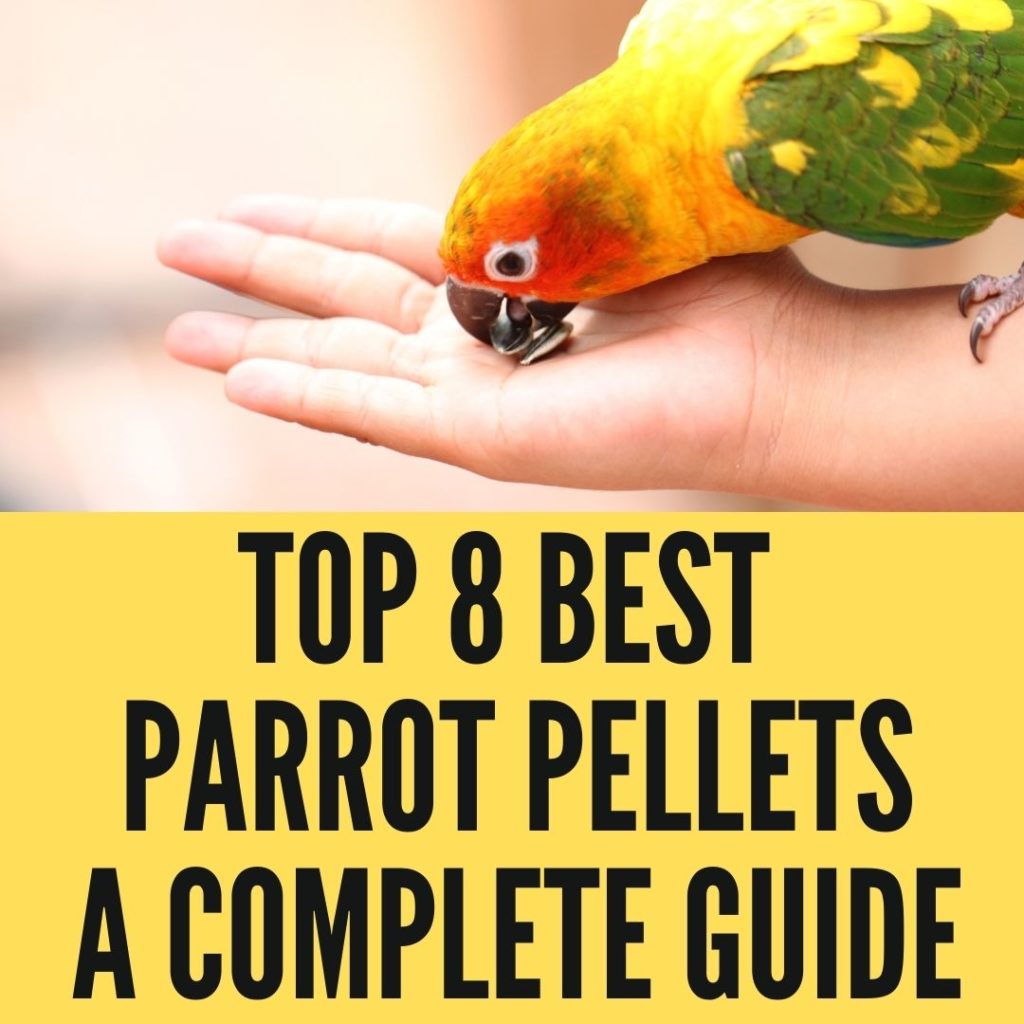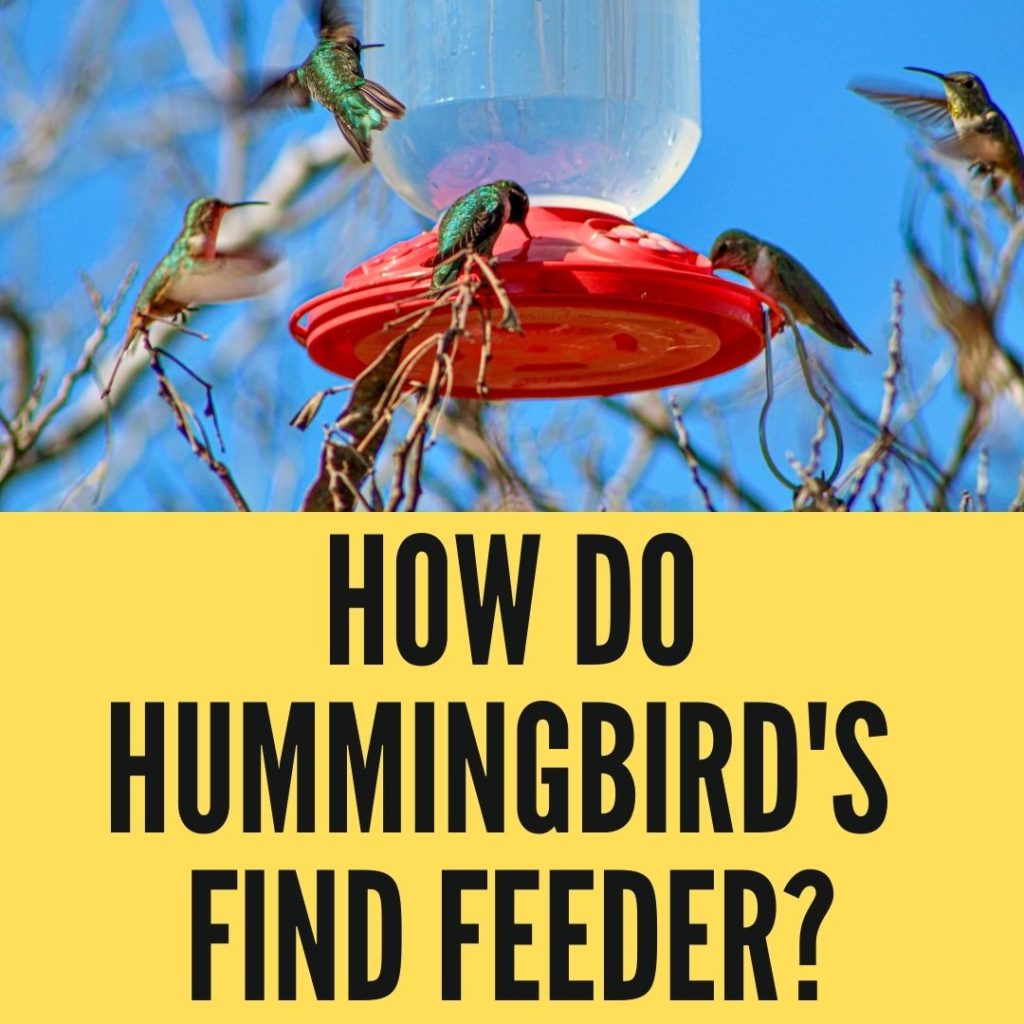Hummingbirds are among the most enchanting and captivating birds to observe. With their iridescent plumage and remarkable agility, they bring joy to countless bird enthusiasts. One of the most popular ways to attract and observe hummingbirds up close is by using hummingbird feeders. However, not all hummingbird feeders are the same. In this comprehensive guide, we will explore the various types of hummingbird feeders available, their features, advantages, and how to choose the right one for your garden.
1. Classic Bottle Feeders
1.1 Design and Features: Classic bottle feeders consist of a glass or plastic bottle with a feeding port, typically made of plastic or metal. They often resemble miniature inverted bottles with bright, colorful bases and perches. The feeding ports can have a variety of designs, including flowers, tubes, or small basins.
1.2 Pros and Cons:
- Pros:
- Attractive and eye-catching design.
- Easy to clean and refill.
- Various sizes and capacities available.
- Some have built-in bee and ant guards.
- Cons:
- May drip or leak in hot weather.
- Prone to attracting bees and ants.
- Glass bottles can break if dropped.
1.3 Best Use Cases: Classic bottle feeders are excellent for garden settings and areas where you can observe hummingbirds up close. They are versatile and come in various sizes, making them suitable for both beginners and experienced bird enthusiasts.
2. Saucer or Dish Feeders
2.1 Design and Features: Saucer or dish feeders consist of a shallow basin filled with nectar. They usually have multiple feeding ports along the rim, allowing multiple hummingbirds to feed simultaneously. Some models include covers to protect the nectar from rain and debris.
2.2 Pros and Cons:
- Pros:
- Accommodate multiple birds at once.
- Rain covers keep nectar fresh.
- Easy to clean and maintain.
- Durable and long-lasting.
- Cons:
- Vulnerable to evaporation in hot weather.
- Limited capacity compared to bottle feeders.
- Prone to attracting insects.
2.3 Best Use Cases: Saucer or dish feeders are ideal for gardens with high hummingbird activity, as they can accommodate several birds at once. The addition of rain covers ensures the nectar remains fresh and free from contamination.
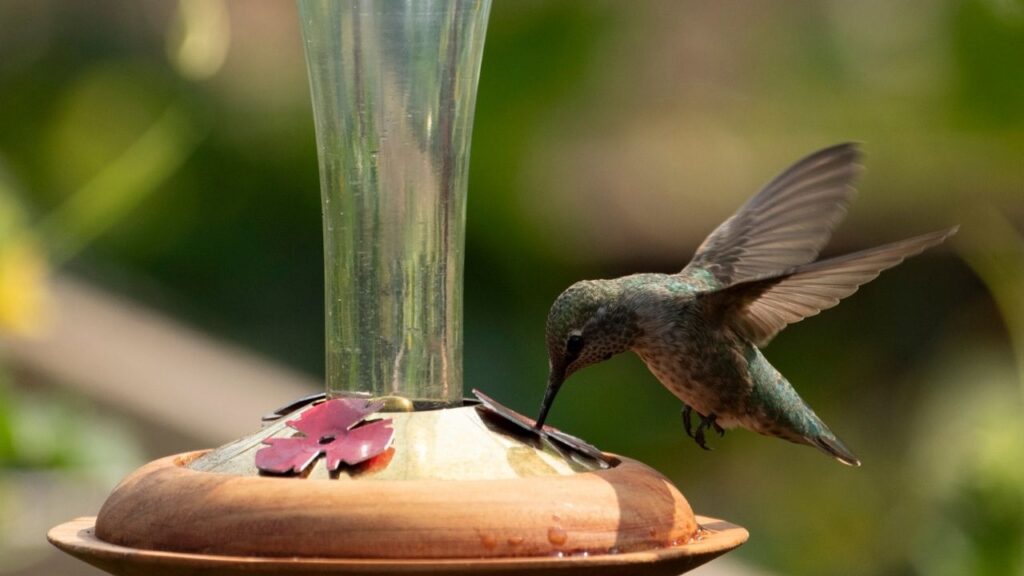
3. Tube Feeders
3.1 Design and Features: Tube feeders consist of a transparent tube with feeding ports, allowing hummingbirds to access the nectar inside. They come in various shapes and sizes, from small, single-tube feeders to larger models with multiple ports.
3.2 Pros and Cons:
- Pros:
- Provide a clear view of hummingbirds.
- Easy to clean and refill.
- Some models include perches.
- Less likely to attract insects.
- Cons:
- Can be challenging to clean thoroughly.
- Prone to dripping in hot weather.
- Some models lack bee guards.
3.3 Best Use Cases: Tube feeders are great for birdwatchers who enjoy an unobstructed view of hummingbirds. They work well in gardens and on porches, where you can closely observe these tiny birds.
4. Window Feeders
4.1 Design and Features: Window feeders are typically small, clear containers with suction cups that attach to a window. They provide an up-close view of hummingbirds as they feed. These feeders often have a single feeding port and may or may not include a perch.
4.2 Pros and Cons:
- Pros:
- Excellent for close-up observation.
- Easy to install and remove.
- Compact and convenient.
- May deter bees and ants.
- Cons:
- Limited capacity.
- Require frequent refilling.
- May not accommodate multiple birds.
4.3 Best Use Cases: Window feeders are perfect for individuals who want to enjoy hummingbirds from the comfort of their home. They are an excellent choice for those with limited outdoor space.
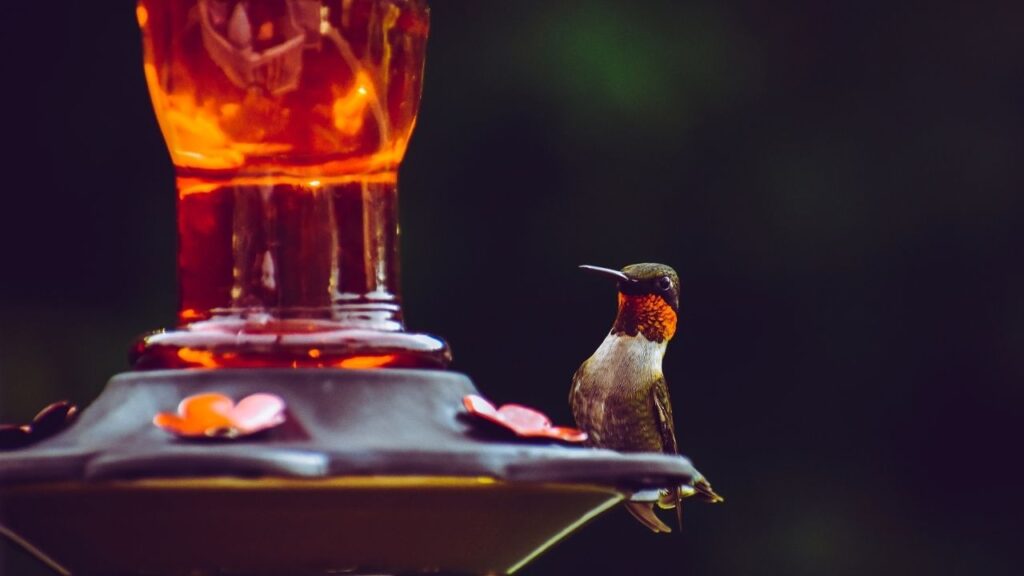
5. Ornamental and Decorative Feeders
5.1 Design and Features: Ornamental and decorative feeders come in a wide range of designs and materials, from hand-blown glass to ceramic and metal. These feeders often double as garden decor and can be customized to match your outdoor aesthetics.
5.2 Pros and Cons:
- Pros:
- Adds aesthetic value to your garden.
- Available in unique and artistic designs.
- Provides functional and decorative use.
- Some models include bee guards.
- Cons:
- May be more expensive.
- Durability varies based on materials.
- Design may prioritize aesthetics over hummingbird needs.
5.3 Best Use Cases: Ornamental and decorative feeders are perfect for individuals who want to enhance their garden’s visual appeal while attracting hummingbirds. They serve as both functional bird feeders and works of art.
6. Homemade and DIY Feeders
6.1 Design and Features: Homemade and DIY feeders are crafted from everyday materials, such as recycled bottles, jars, or wooden containers. They can be as simple as a repurposed plastic bottle or as creative as your imagination allows.
6.2 Pros and Cons:
- Pros:
- Environmentally friendly and cost-effective.
- Customizable to your preferences.
- Encourages recycling and upcycling.
- Provides a sense of accomplishment.
- Cons:
- Durability may vary based on materials.
- Limited designs may attract fewer birds.
- Prone to leakage or spillage.
6.3 Best Use Cases: Homemade and DIY feeders are an excellent choice for eco-conscious individuals who enjoy crafting and want to attract hummingbirds without purchasing commercial feeders. These feeders can be as simple or elaborate as you desire.
7. Heated Hummingbird Feeders
7.1 How Heated Feeders Work: Heated hummingbird feeders, equipped with a built-in heating element, prevent the nectar from freezing during chilly weather. This feature ensures a consistent supply of liquid food for hummingbirds even in colder climates.
7.2 Advantages and Considerations:
- Advantages:
- Attract hummingbirds during winter.
- Prevent nectar from freezing.
- Keep hummingbirds healthy year-round.
- Considerations:
- Requires an electrical power source.
- May be unnecessary in warmer regions.
8. Bottle or Inverted Feeders
3.1 Classic Design with a Twist: Bottle feeders maintain the classic design but incorporate innovative features. They typically have inverted bottles that prevent leaks and spills while providing an uninterrupted nectar supply.
3.2 Upside-Down Feeding: A Hummingbird’s Preference: Hummingbirds naturally feed while hovering upside down. Inverted bottle feeders align with this feeding behavior, making it easier for hummingbirds to access the nectar.
9. Single-Port and Multiple-Port Feeders
9.1 Single-Port Feeders: Simple and Elegant: Single-port feeders offer a straightforward design with a single feeding port. They are ideal for smaller spaces and attract one bird at a time, allowing for more peaceful feeding.
9.2 Multiple-Port Feeders: Feeding Frenzies: Multiple-port feeders feature numerous feeding ports, enabling multiple hummingbirds to feed simultaneously. They create an exciting and lively atmosphere in your garden.
10. Mason Jar Hummingbird Feeders
10.1 Vintage Charm Meets Modern Convenience: Mason jar feeders combine the nostalgic charm of antique glass jars with modern hummingbird feeding technology. These feeders are easy to clean and refill, making them a favorite among bird enthusiasts.
10.2 Advantages of Mason Jar Feeders:
- Durable and long-lasting.
- Available in various jar sizes.
- Easy to monitor nectar levels.
- Bring a rustic, vintage touch to your garden.
Choosing the Right Feeder for Your Garden
Choosing the right hummingbird feeder depends on several factors:
Location and Placement: Consider where you’ll place the feeder. Bottle and tube feeders are versatile for gardens, while window feeders are ideal for close-up viewing from your home.
Maintenance and Cleaning: Select feeders that are easy to clean and refill. Regular cleaning is essential to keep the nectar fresh and free from mold.
Bee and Ant Guards: If you’re concerned about bees and ants, choose feeders with built-in guards or purchase separate ones.
Size and Capacity: Consider the number of hummingbirds in your area. Larger saucer or tube feeders are suitable for more birds, while smaller window feeders are for solo or occasional visitors.
Tips for Attracting Hummingbirds
To attract and keep hummingbirds in your garden, follow these tips:
Planting Hummingbird-Friendly Flowers: Grow nectar-rich flowers like salvia, trumpet vine, and bee balm to provide natural food sources.
Providing Fresh Nectar: Regularly refill feeders with fresh nectar. Use a mixture of four parts water to one part sugar, and avoid using red food coloring.
Creating a Safe Environment: Minimize pesticide use in your garden to create a safe and inviting habitat for hummingbirds.
Conclusion
Hummingbird feeders come in various types, each with its unique features and advantages. Your choice of feeder should align with your preferences, location, and the number of hummingbirds in your area. With the right feeder and proper care, you can create a welcoming environment for these delightful birds and enjoy their mesmerizing presence in your garden. Whether you opt for classic bottle feeders, saucer feeders, tube feeders, window feeders, ornamental feeders, or even craft your DIY feeders, the enchanting world of hummingbirds is sure to bring joy and wonder to your outdoor space.
Related FAQ’S About Hummingbird Feeders
Q1: Can I use a heated hummingbird feeder in warm climates?
Answer: While heated feeders are designed to prevent nectar from freezing, they can still be used in warm climates. However, they may not be necessary in regions where freezing temperatures are not a concern.
Q2: Are mason jar hummingbird feeders easy to clean?
Answer: Mason jar feeders are generally easy to clean due to their wide openings. Regular cleaning is essential to prevent mold and keep the feeder hygienic for the hummingbirds.
Q3: How many feeding ports should a multiple-port feeder have?
Answer: The number of feeding ports on a multiple-port feeder can vary, but it’s common to find models with four or more ports. The more ports, the more hummingbirds can feed simultaneously.
Q4: Can I make my own hummingbird feeder using a mason jar?
Answer: Yes, you can create a DIY hummingbird feeder using a mason jar. Many enthusiasts enjoy crafting their own feeders using readily available materials.
Q5: Do hummingbirds prefer saucer or bottle feeders?
Answer: Hummingbirds do not have a strong preference for saucer or bottle feeders. What matters most is the nectar’s quality and freshness. Different birds may have individual preferences.
Q6: How often should I change the nectar in my hummingbird feeder?
Answer: To keep the nectar fresh and prevent fermentation, it’s recommended to change it every 2-5 days, depending on the weather. In hot weather, more frequent changes may be necessary.
Q7: Can hummingbirds become reliant on feeders for food?
Answer: Hummingbirds will still forage for natural food sources, even if they regularly visit feeders. Feeders are a supplement to their diet, especially during periods of high energy expenditure.
Q8: Do I need to use red nectar in my feeder to attract hummingbirds?
Answer: Red coloring is not necessary and may even be harmful. The bright red color of the feeder is usually sufficient to attract hummingbirds. Use clear nectar without added dyes to ensure the birds’ safety.
Q9: What can I do to deter ants and bees from my hummingbird feeder?
Answer: Using feeders with built-in bee guards and keeping feeders clean can help deter bees. To prevent ants, consider using feeders with moats or ant guards and placing the feeder on a pole with an ant barrier.
Q10: Can hummingbirds feed while it’s raining?
Answer: Hummingbirds typically avoid feeding during heavy rain. Light rain may not deter them, but they will seek shelter during downpours.
Q11: Do hummingbird feeders attract other bird species?
Answer: While hummingbird feeders are primarily designed for hummingbirds, other bird species might also be attracted to them, especially if the nectar spills.
Q12: Which is better, glass or plastic hummingbird feeders?
Answer: Both glass and plastic feeders have their advantages. Glass is more durable and less likely to discolor over time. However, plastic feeders are lightweight and less likely to break if they fall. The choice between the two materials often comes down to personal preference.
Q13: Do Hummingbirds Sleep On Feeders?
Answer: Hummingbirds do not sleep on feeders. At night, they go into a state of torpor, which is similar to hibernation. During torpor, their metabolic rate drops significantly, and they find a safe, sheltered place to perch.
Q14: How to keep ants out of a hummingbird feeder?
Answer: To keep ants out of hummingbird feeders, you can use feeders with built-in ant moats or ant guards. Alternatively, place an ant moat above the feeder, fill it with water, and suspend the feeder from it. This prevents ants from reaching the nectar.

